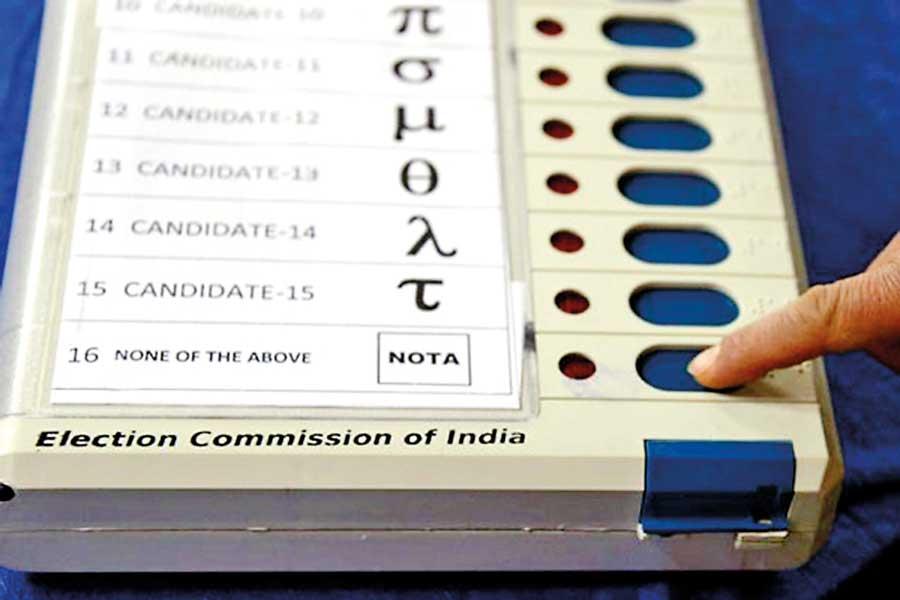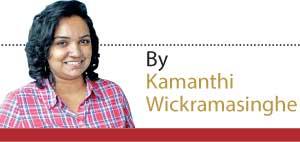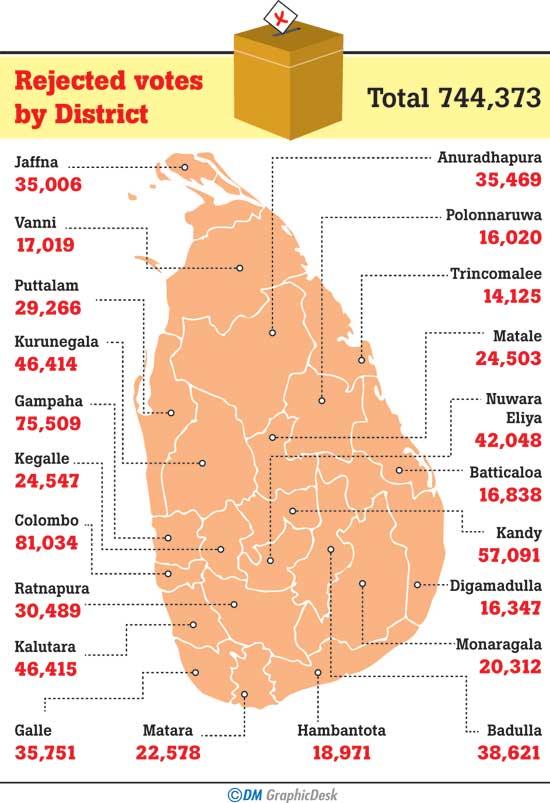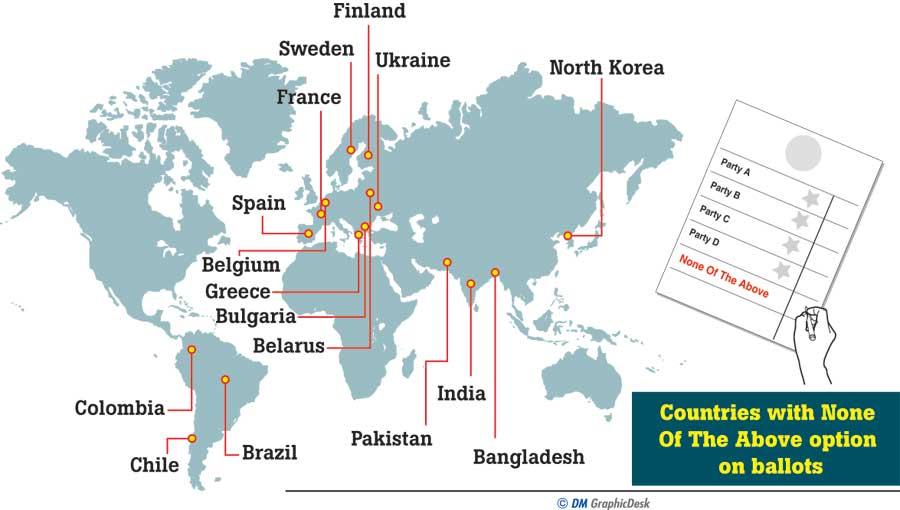Reply To:
Name - Reply Comment
High number of rejected votes at recently-concluded parliamentary poll

At the recently concluded General Election, Colombo District topped the list of rejected votes with 81,034 ballots going to waste of a total 1,263,810 registered votes. Several other districts including Gampaha, Kandy, Kalutara and Kurunegala recorded high numbers of rejected votes. As a result, a mammoth 744,373 votes, or 6.3% of total votes,  were squandered. This figure is almost 300,000 more than the total votes won by the third-place party in terms of votes, the National People’s Power. However, there have been lesser rejected votes among the postal votes, and total voter turnout has increased to 75% from the initially reported 72%.
were squandered. This figure is almost 300,000 more than the total votes won by the third-place party in terms of votes, the National People’s Power. However, there have been lesser rejected votes among the postal votes, and total voter turnout has increased to 75% from the initially reported 72%.
Analysts say the overall high number of rejected votes this time round could be due to deliberate manipulation or voters being confused by the large number of contesting parties and candidates. Having many rejected votes reduces the number of valid votes, thereby impacting the overall result. One suggestion is to include a ‘None Of The Above’ (NOTA) option in the ballot paper. This is done in several countries including India, and many analysts see it as a democratic option. Here, Daily Mirror examines why so many votes were rejected, how the law prevents certain voting methods and the NOTA option.
Shreen Yapa Boralessa, Assistant Commissioner (Parliamentary Elections) of the Elections Commission (EC) said ballots could be rejected for various reasons. “If the vote has not been marked we do not know to whom a person has voted. Sometimes they have marked two parties, and we cannot find their intention. Those also get rejected. Some ballots get rejected because voters indicate their identity either with a signature or writing their initials etc. During the previous general election, voters were allowed to mark three preferential votes. They could mark two, one or none. But if they had marked over three numbers, then also their vote was rejected. Some people deliberately manipulate their vote. If around 90 votes get rejected, from a total 1,000 only 910 are valid. Valid votes are used to elect MPs and calculate percentages. If there are more rejected votes, that means the number of valid votes also reduce. This impacts the overall result.”
 He added the EC has conducted many awareness programmes for those unaware of how to vote. “At the presidential election the number of rejected votes were less. This time the ballot paper was longer and there were many parties. So people cast the first vote against a mainstream party and put the second vote against an independent group. Many politicians only promote their number and not the party. So people get confused,” he added. The EC is continuing to identify areas with higher numbers of rejected votes to conduct more voter education programmes, Boralessa said.
He added the EC has conducted many awareness programmes for those unaware of how to vote. “At the presidential election the number of rejected votes were less. This time the ballot paper was longer and there were many parties. So people cast the first vote against a mainstream party and put the second vote against an independent group. Many politicians only promote their number and not the party. So people get confused,” he added. The EC is continuing to identify areas with higher numbers of rejected votes to conduct more voter education programmes, Boralessa said.
When asked about mobile and advanced voting, Boralessa said these could be introduced only by amending the Parliamentary Elections Act. “Since 2015 we have made recommendations on advanced voting, campaign financing and including voters in electoral registers as soon as they reach 18 years. But the laws are not in place. We revise electoral registers annually, and someone born on June 2 cannot vote that year because the Act mentions the registration deadline as June 1. If this was advanced to February 2 then more people would be entitled to vote. We have made this recommendation already. We try to do this revision in four phases in February, June, September and December. Apart from that, laws must also include hospital patients, those abroad, remand prisoners and others who cannot vote on the day of the election.”
Boralessa noted there’s a None Of The Above (NOTA) option for voters who don’t want any candidate in several countries including India. “In Sri Lanka also you can find voters indicating a NOTA option, and there’s a discussion to include it in future ballot papers. If there are 100 ballot papers and 99 have marked NOTA, they will still consider that one vote as the valid vote and reject the rest. In countries like Spain and Ukraine there’s a cut-off similar to NOTA, and if it exceeds 50% they go for a re-poll. We cannot introduce NOTA according to the Act, but we also agree it should be included as part of people’s right to freedom of expression. But the law has to be included in the Constitution.”
Dr. Paikiasothy Saravanamuttu, Executive Director of the Centre for Policy Alternatives saw no problem in having the ‘NOTA’ option in ballot papers, although it would also be counted as a ‘spoilt’ vote.
In 2014, a bench headed by Indian Chief Justice P. Sathasivam ruled that negative voting would lead to a systemic change in polls, and political parties would have to select clean candidates. “If the right to vote is a statutory right, then the right to reject a candidate is a fundamental right of speech and expression under the Indian Constitution,” Indian media reported Justice Sathasivam as saying.
In October 2018, the State Election Commission of Maharashtra passed an order that re-elections would be held if NOTA had a majority of votes. A similar order was passed by the Haryana State Election Commission later.
In many countries NOTA is considered the power that could make or break a government. For instance, at a mayoral election in Indonesia’s Makassar only one candidate contested the poll. The other option was NOTA. Since NOTA received more votes, the candidate was defeated. But the situation is not the same everywhere. In some cases it has come to a point where NOTA may only give negative feedback and a message that voters dislike candidates. In turn, candidates could change their campaigns to gain more votes. So to make NOTA have electoral value, systemic changes must be brought about within electoral systems.
